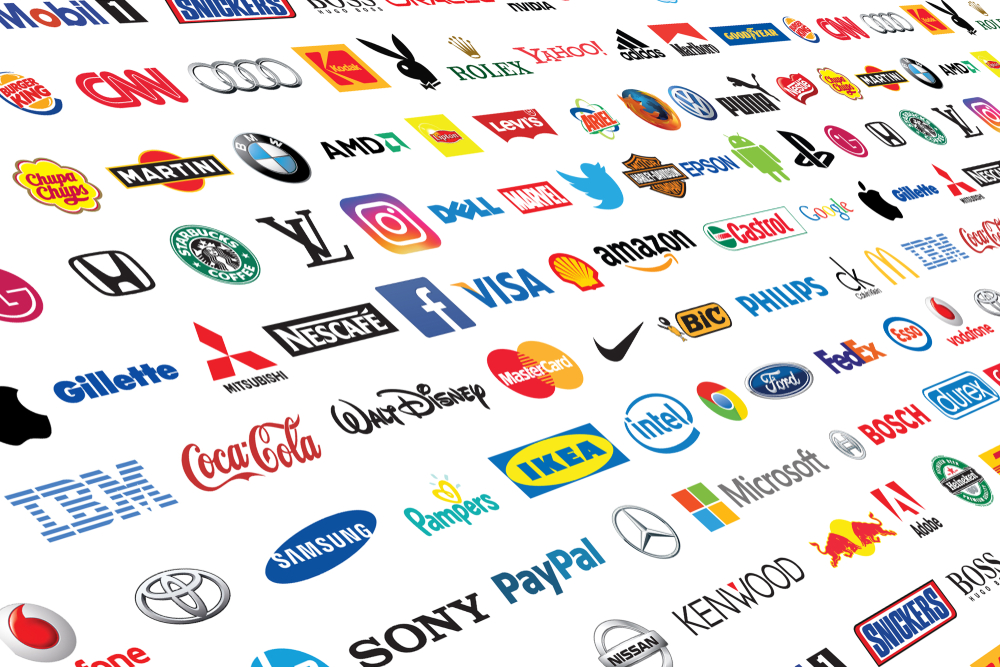what are brand guidelines & do we need them?

Once you have a logo, some stationery and a website, isn’t a brand ready to go!? What are brand guidelines and do you actually need them, or are they just the result of designers trying to drum up extra income?
Brand guidelines are basically a set of rules defining how your brand should be represented. Ultimately, whilst they may take a bit of time and energy to produce, we believe they’re well worth it to ensure brand consistency and recognition.
what are brand guidelines?
Brand guidelines provide essential information about your brand, including what it consists of, how it should be displayed and the tone of voice it has. They supply the basics of the style upon which a rich and varied range of products/content can be built. They are aimed at:
- Employees – this is so that everyone knows how to speak about and represent the brand. Guidelines help maintain consistency and ensure staff members convey a unified message.
- Designers and external contractors – this ensures there is a unified look, feel and message across all brand and marketing materials. Guidelines provide a structure for designers to work from.
what should be included in brand guidelines?
Branding guidelines should definitely include:
- A broad summary of the brand/organisation, including its background, values and vision
- An indication of the brand’s ‘voice’ or personality – is it serious or humorous, technical or straightforward?
- The logo and logo variations – are there different versions (in different colours/shapes)? Is it ok to reverse the logo? How much clearance is needed around it?
- A colour palette – showing the main colours that should be used to represent your brand, as well as any secondary colours that can be used in particular circumstances
- Font/text specifications – what font(s) do you use? Are there any words that should or shouldn’t be used to describe the brand?
- Photography and illustration styles – what type of imagery should be used to represent your brand?
- Examples of brand layouts – for example, on letterheads, web pages and social media
Additionally, you may choose to include editorial guidelines (regarding about your written/social media/video styles), and/or notes about advertising and campaign approaches.
This may sound like a lot of rules and regulations but it just needs to be clear enough so that staff and contractors can create content and get your message out there with a coherent and recognisable brand style.
do branding guidelines stifle creativity?
This is unlikely to be a problem as brand standards are now so common that staff and designers are more likely to be surprised if you don’t have them. A branding guide gives everyone a few basic rules and structures within which creativity is definitely possible and encouraged! They allow creative brand materials to be designed within recognisable constraints, just like a jazz musician improvises over a basic chord sequence.
A clear and consistent brand is the backbone of any successful organisation and greatly assists your marketing and sales efforts, as well as paving the path for organisational growth.
If you’d like any help with creating or implementing brand guidelines, please get in touch and we’ll be happy to help.





